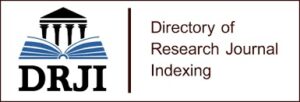The Characteristics of Adult Attachment among Medical Undergraduates
Objective To explore the charactistics of adult attachment among medical undergraduates. Methods Eight hundred and fifty-five medical undergraduates were collected from 7 universities in Guangdong Province, China by stratified random sampling method. They were investigated with Experiences in Close Relationships Inventory (ECR) and a self-complied general information questionnaire for undergraduates. Results ⑴ The scores of attachment anxiety and attachment avoidance were (3.89±0.74) and (3.77±0.55), respectively. (2) The distribution of attachment styles of this group was as follows: security type accounted for 30.53%, infatuation type accounted for 12.63%, apathy type accounted for 15.09%, and Phobic type accounted for 41.75%. ⑶ There were statistically significant differences in the scores of attachment anxiety and attachment avoidance between male and female students (t=-12.291, 16.615; both P<.001), and the gender differences in the distribution of attachment types among medical students were also statistically significant(χ2 =282.230, P<.001). (4) There was no significant difference in the scores of attachment anxiety and attachment avoidance between grades (F=. 213,. 665; both P<. 001), and there was no significant difference in the distribution of attachment types between grades(χ2 =17.794, P=.122). Conclusion The adult attachment of medical undergraduates needs to be improved, and social and cultural factors may be important influencing factors of adult attachment of medical students.
Key Words: Medical Undergraduates, Adult Attachment, Questionnaire




















